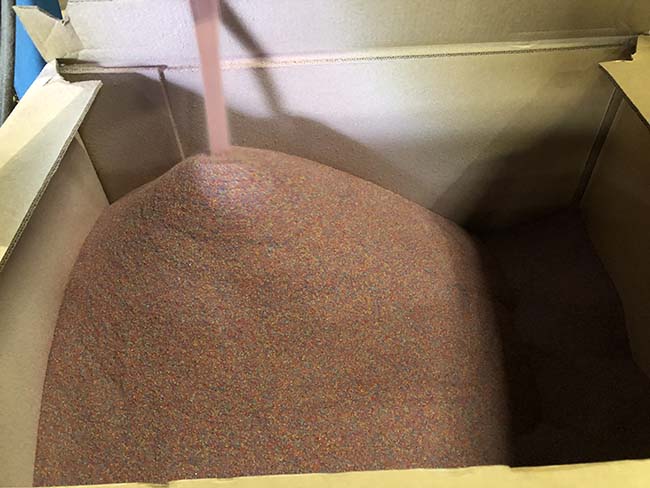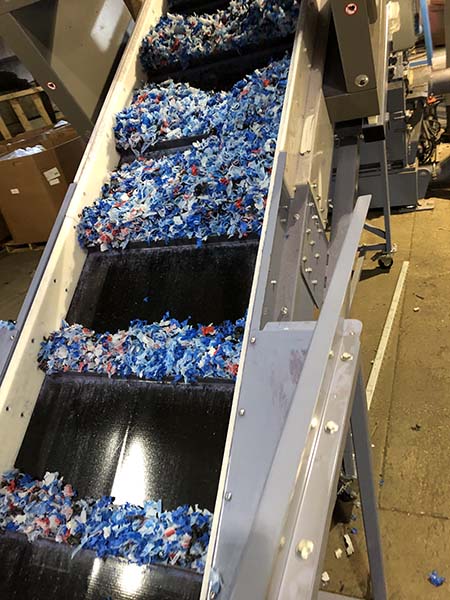Eastman, as part of its commitment to advancing a circular economy, has launched an initiative rooted in the belief that plastic and textile waste can not only be eliminated but used, reused, recycled, and re-created over and over again. The company’s Advanced Circular Recycling technologies provide an infinite lifespan for waste materials that were previously destined to end up in landfills, incinerators or waterways. Through its Advanced Circular Recycling technologies, Eastman can recycle materials that cannot be recycled by traditional methods today, breaking down waste into its molecular building blocks and rebuilding it into new materials.
Molecular recycling
Molecular recycling is a vital complement to mechanical recycling. When thinking about recycling, Eastman sees the goal as using materials at the end of their life to create new materials, not energy or fuel. So, the primary definition of molecular recycling processes is that they break waste materials down to their molecular building blocks and reassemble them into new materials. In fact, in developing molecular recycling technologies, Eastman has focused on creating a process that harnesses the potentially infinite value of materials by keeping them in production, lifecycle after lifecycle.

This infinite value is lost if the materials are converted into energy or fuel, so Eastman does not consider processes with the end output of energy or fuel to fall under its definition of molecular recycling.
Other methods of molecular recycling exist and differ in terms of process, waste input, efficiency, and environmental performance. Eastman’s molecular recycling technologies are significantly better for the environment than production processes that use fossil feedstocks. Eastman’s carbon renewal technology has a lifecycle analysis that demonstrates a 20%–50% reduction in carbon footprint compared to processes using fossil feedstocks.

3 key features of Eastman’s molecular recycling approach:
- Eastman’s two molecular recycling technologies are carbon renewal technology (CRT) and polyester renewal technology (PRT). Eastman began commercial operation of CRT in 2019 in Kingsport, Tenn., and it plans to begin operation of a PRT facility that uses the process of methanolysis in 24–36 months. In early 2020, in response to overwhelming customer interest in materials with certified recycled content, the company began a second polyester renewal recycling method that uses glycolysis technology to accelerate its ability to meet the needs of their customers and speed up our contributions to the circular economy.
- Carbon renewal technology (CRT) breaks down waste plastics into molecular building blocks. CRT is a game-changer for recycling because it provides an end-of-life solution for many plastics from a variety of sources, such as single-use packaging, textiles, and carpet, that traditional mechanical recycling methods cannot process.
- Eastman’s Naia Renew cellulosic fibers allow customers to meet sustainability demands. Naia Renew is produced from 60% sustainably sourced wood pulp and 40% certified* recycled waste plastics. Naia Renew creates value from hard-to-recycle materials that would otherwise be destined for landfills or incineration. The closed-loop process used to create Naia Renew prioritizes the safe and environmentally sound use of chemicals, ensuring that end products are as sustainable as they are stylish. It also enables a measurably reduced carbon footprint across the fiber’s lifecycle. And the certified biodegradability of Naia Renew means it will safely return to nature at the end of its usefulness.
*Naia Renew recycled content is achieved by allocation of recycled plastics through mass balance accounting.


